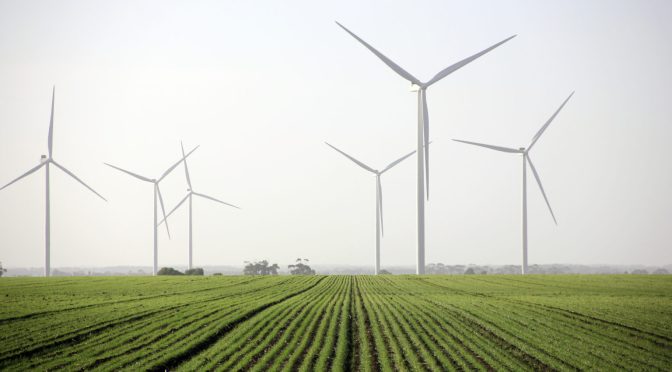Harnessing the power of the wind is not a new concept. For centuries, humans have been using windmills to grind grain, pump water, and perform other mechanical tasks. However, it wasn’t until the late 19th century that the first wind turbine was developed to generate electricity. Since then, wind turbine technology has evolved dramatically, transforming from simple machines into complex, high-tech systems capable of generating megawatts of clean, renewable energy.
The first wind turbine used to generate electricity was built in 1887 by Scottish academic James Blyth. His design consisted of a cloth-sailed windmill connected to a dynamo, which produced enough electricity to power his home. In the United States, inventor Charles F. Brush built a similar wind turbine in 1888, which had a 17-meter diameter and generated 12 kilowatts of power. These early wind turbines were the foundation for modern wind energy technology.
Throughout the 20th century, wind turbine technology continued to advance. In the 1930s and 1940s, the first large-scale wind turbines were built in the United States, with capacities ranging from 100 kilowatts to 1.25 megawatts. These early machines were primarily used for research purposes, as they were not yet economically viable for widespread use. However, they demonstrated the potential for wind energy to become a significant source of electricity.
The oil crisis of the 1970s spurred renewed interest in renewable energy sources, including wind power. Governments and private companies began investing in wind energy research and development, leading to significant advancements in wind turbine technology. During this time, the first horizontal-axis wind turbines (HAWTs) were developed, which are now the most common type of wind turbine used today. HAWTs have a rotor shaft and electrical generator positioned at the top of a tower, with the rotor blades facing into the wind. This design allows for greater efficiency and power generation compared to the earlier vertical-axis wind turbines (VAWTs).
In the 1980s and 1990s, wind turbine technology continued to improve, with advancements in materials, aerodynamics, and control systems. The size and capacity of wind turbines increased, with some models capable of generating up to 2 megawatts of power. Additionally, the cost of wind energy began to decrease, making it more competitive with traditional fossil fuel-based energy sources.
The 21st century has seen even more rapid advancements in wind turbine technology. Today’s wind turbines are larger, more efficient, and more reliable than ever before. Some modern wind turbines have rotor diameters exceeding 150 meters and can generate up to 10 megawatts of power. These technological advancements have led to a significant increase in the global installed wind energy capacity, which reached 651 gigawatts in 2020.
One of the most promising recent developments in wind turbine technology is the emergence of offshore wind farms. Offshore wind turbines can be built in deeper waters, where wind speeds are typically higher and more consistent than on land. This allows for greater energy generation and a more reliable source of electricity. Offshore wind farms also have less of an impact on local ecosystems and communities, as they are located far from populated areas.
Despite the incredible advancements in wind turbine technology, there is still room for improvement. Researchers are continually working on new materials, designs, and control systems to increase the efficiency and reliability of wind turbines. Additionally, efforts are being made to reduce the environmental impact of wind energy, such as developing bird-friendly turbine designs and improving methods for recycling decommissioned turbines.
In conclusion, the evolution of wind turbine technology has been remarkable, transforming from simple cloth-sailed windmills to massive, high-tech systems capable of generating megawatts of clean, renewable energy. As the world continues to grapple with the challenges of climate change and the need for sustainable energy sources, it is clear that wind power will play a crucial role in our future energy mix.


